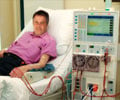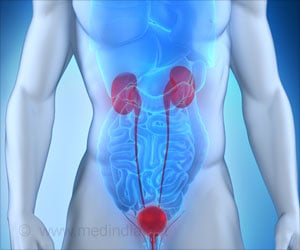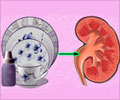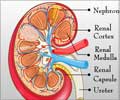Renal replacement therapy in the United States is as part of interventions to prolong life and often not guided by the individual considerations of patients.
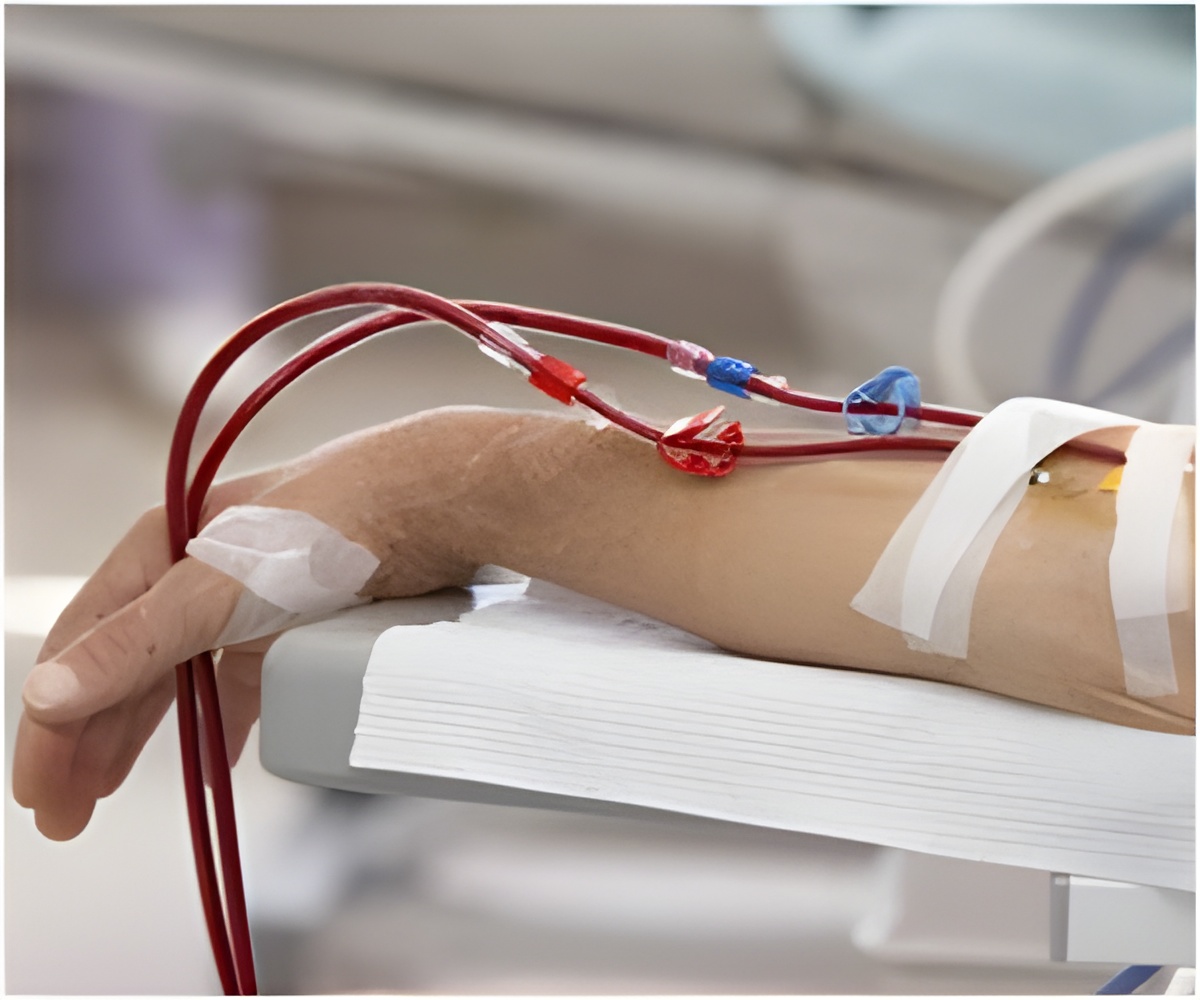
‘Renal replacement therapy should be considered as a priority for the growing population of older patients with advanced chronic kidney disease, rather than a means of prolonging lives.’





The US Medicare Program spends more than $30 billion annually to provide RRT to patients of any age who have advanced CKD. The rate of those patients with advanced CKD who do not receive RRT is unknown. In other developed countries, receipt of RRT is highly age-dependent and is the exception rather than the rule at older ages. Susan Wong, MD (University of Washington) and her colleagues conducted a retrospective study to determine how often patients with advanced CKD do not receive RRT, the characteristics of these patients, and the clinical context in which decisions about RRT occur.
The team identified a national cohort of 28,568 patients with very advanced CKD who were receiving care within the Department of Veteran Affairs (VA) between 2000 and 2009. Using a combination of linked administrative data from the VA, Medicare, and the United States Renal Data System (the US national registry of RRT), the investigators identified patients who received RRT through October 1, 2010. For the remaining cohort members, the researchers performed an in-depth review of the VA-wide electronic medical record for a random 25% sample to understand the clinical course and treatment status of their CKD.
Based on administrative data, the researchers found that 67.1% of cohort members received RRT. Based on the results of chart review, the team estimates that an additional 7.5% of cohort members had in fact received at least one dialysis treatment not captured in administrative data, 10.9% were discussing and/or preparing for dialysis but had not yet started dialysis at the end of follow-up, and a decision had been made not to pursue dialysis in 14.5% of patients.
At most recent follow-up, the overwhelming majority (85.5%) of patients had either received, or were preparing to receive, RRT. Even among members of the oldest age group (≥85 years) with the highest burden of co-morbidity, most (51.2%) received or were preparing to receive RRT at the last follow-up point.
Advertisement
“Life expectancy after initiation of maintenance dialysis in very old patients is severely limited, and older patients experience high rates of hospitalization and transition to assisted nursing facilities after initiation of treatment,” Dr. Wong explained.
Advertisement
“Our findings underscore the importance of shared decision-making for dialysis to ensure that treatment decisions uphold the priorities and preferences of individual patients and are grounded in realistic expectations about prognosis and the expected benefits and harms of this treatment,” said Dr. Wong.
“The leaders in the nephrology interdisciplinary community including nephrologists, nurses, social workers, dietitians, and technicians, in collaboration with palliative care clinicians, need to make the implementation of a comprehensive model of renal supportive care delivery a priority for the growing population of older patients with advanced CKD,” the authors added.
Source-Medindia

